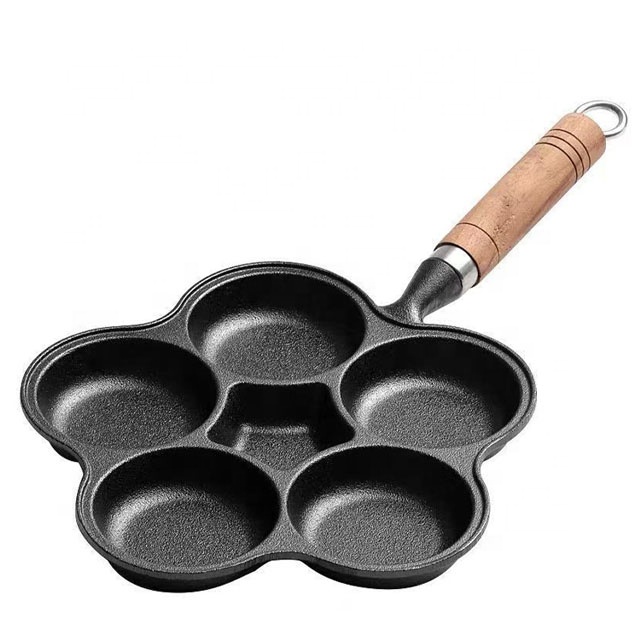
cast iron pan cost
The Cost of Cast Iron Pans A Comprehensive Guide
When it comes to cooking, few tools are as revered as the cast iron pan. Known for its durability, versatility, and ability to retain heat, the cast iron skillet has been a staple in kitchens for generations. However, with its resurgence in popularity, many potential buyers find themselves asking what is the real cost of a cast iron pan? In this article, we’ll explore the factors that influence the price of cast iron cookware, the benefits of investing in one, and tips for choosing the right skillet for your needs.
Understanding the Price Range
The price of cast iron pans can vary significantly depending on several factors, including brand, size, and quality. On the lower end, you can find basic models priced around $15 to $30. These are often from lesser-known manufacturers and may not offer the same longevity or performance as higher-end options.
Mid-range cast iron pans typically fall between $30 and $80. Brands like Lodge, which has a long-standing reputation for quality, offer reliable products in this price bracket. These pans are generally well-made and can last a lifetime with proper care.
Premium cast iron pans, especially those from renowned brands such as Le Creuset or Staub, can cost anywhere from $100 to $500 or more. These high-end options often come with enameled coatings that provide additional functionality, allowing for easier cleaning and the ability to cook acidic foods without risk of damage.
Factors Influencing Cost
1. Material Quality The quality of the cast iron itself plays a significant role in the overall cost. Higher-quality cast iron provides better heat retention and iron distribution, leading to superior cooking results.
2. Manufacturing Process Some brands produce their pans using traditional sand-casting methods, which can be more labor-intensive and therefore more expensive. Others may use mass production techniques that make their products more accessible but may compromise on quality.
3. Enameled vs. Unenameled Enameled cast iron pans are generally more expensive due to the additional manufacturing processes involved. They offer benefits such as preventive rusting, easier cleaning, and no need for seasoning, which some cooks find a significant advantage.
cast iron pan cost

4. Brand Reputation Established brands with a strong reputation for quality and customer service often charge a premium. Investing in a well-known brand can provide peace of mind regarding the durability and performance of the skillet.
Long-Term Investment
While the initial cost of a cast iron pan may be higher than that of other cookware types, it’s essential to consider its longevity and versatility. A properly cared-for cast iron pan can last for generations, often improving in performance over time. Moreover, these pans are incredibly versatile, suitable for stovetop cooking, baking in the oven, and even grilling.
Tips for Choosing the Right Cast Iron Pan
1. Size Matters Consider what size will best fit your cooking needs. A 10 to 12-inch skillet is often sufficient for most home cooks.
2. Check for Quality Look for pans that have a smooth cooking surface and a sturdy handle. Strong, ergonomically designed handles make for easier maneuvering on the stove.
3. Feel the Weight Heavier pans often indicate a thicker material, which can provide better heat retention and cooking performance.
4. Read Reviews Customer feedback can offer insights into the long-term performance and quality of specific models.
Conclusion
The cost of a cast iron pan can range from budget-friendly options to premium high-end models. Each category offers unique benefits and features. By understanding what factors influence the price and considering your cooking habits, you can make an informed decision that fits your needs and budget. Ultimately, investing in a good cast iron skillet is not just about the initial outlay but about the years of quality cooking it can provide.
-
Season Cast Iron Perfectly with GPT-4 Turbo TipsNewsAug.01,2025
-
High Quality Cast Iron Cookware - Baixiang County Zhongda MachineryNewsAug.01,2025
-
Premium Cast Iron Pan: Durable & Perfect HeatNewsAug.01,2025
-
High Quality Kitchen Durable Black Round Cast Iron Cookware Pancake Crepe Pan-Baixiang County Zhongda Machinery Manufacturing Co., Ltd.NewsAug.01,2025
-
Cast Iron Cookware - Baixiang County Zhongda Machinery | Nonstick, Heat ResistanceNewsAug.01,2025
-
High Quality Kitchen Durable Black Round Cast Iron Cookware - Baixiang County Zhongda Machinery | Non-Stick, Heat Retention, DurableNewsJul.31,2025


